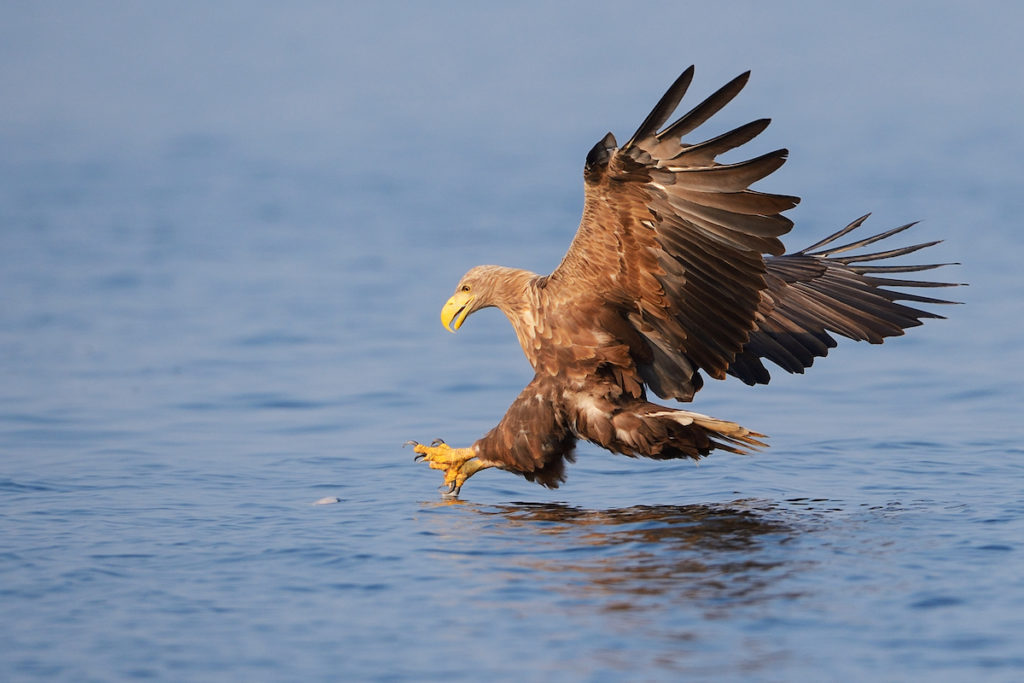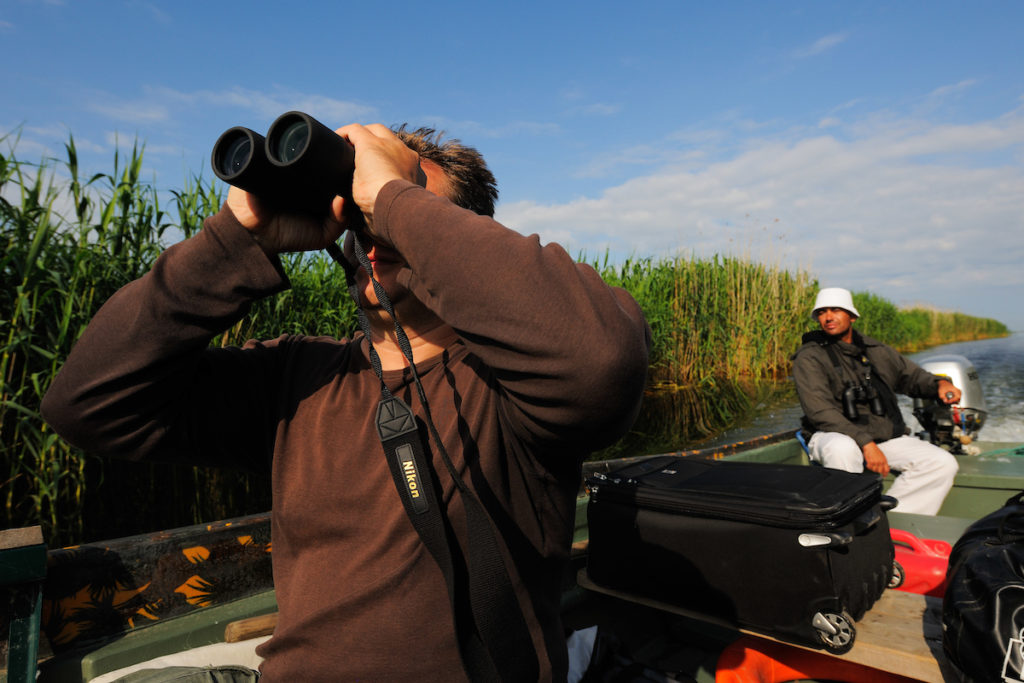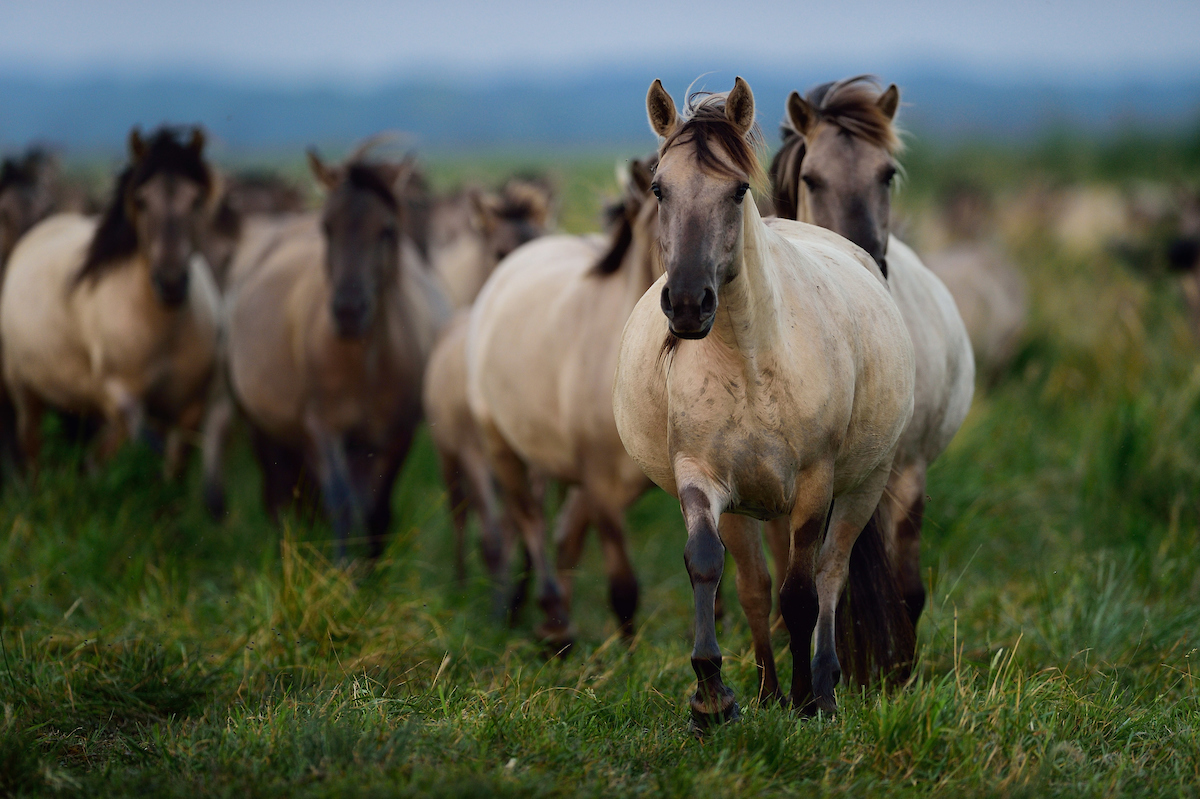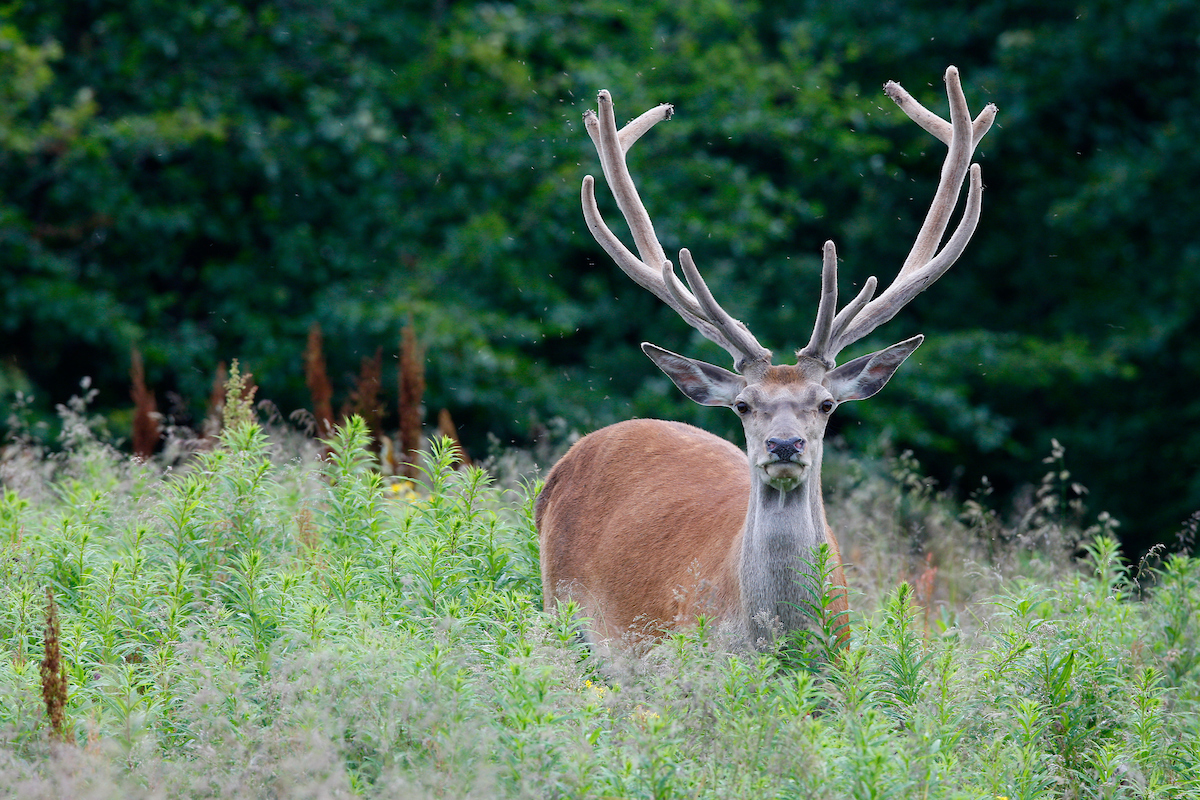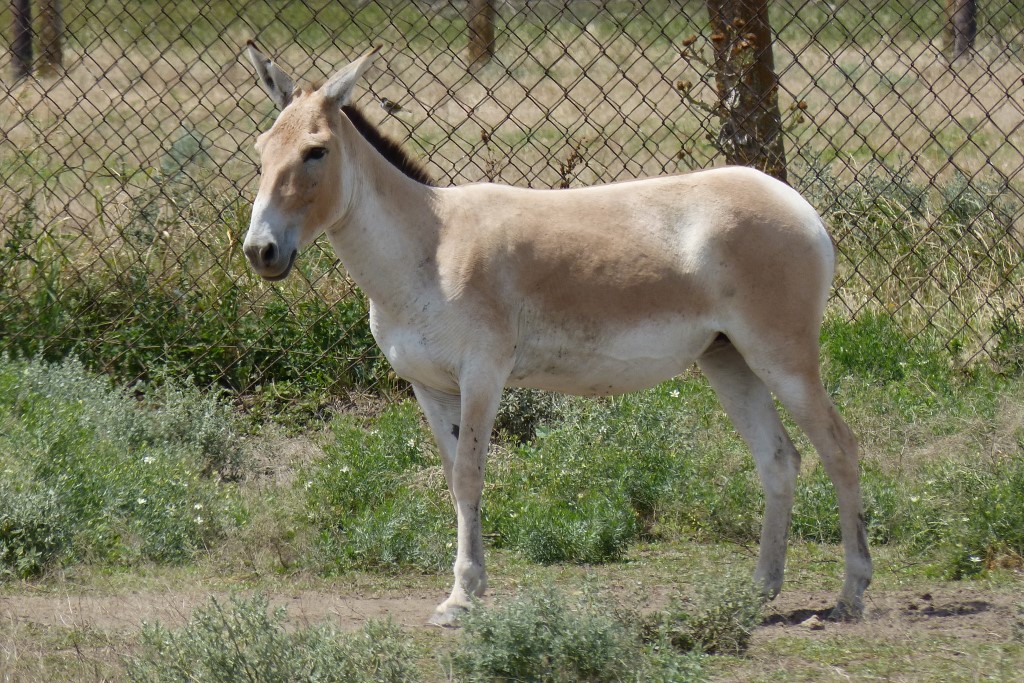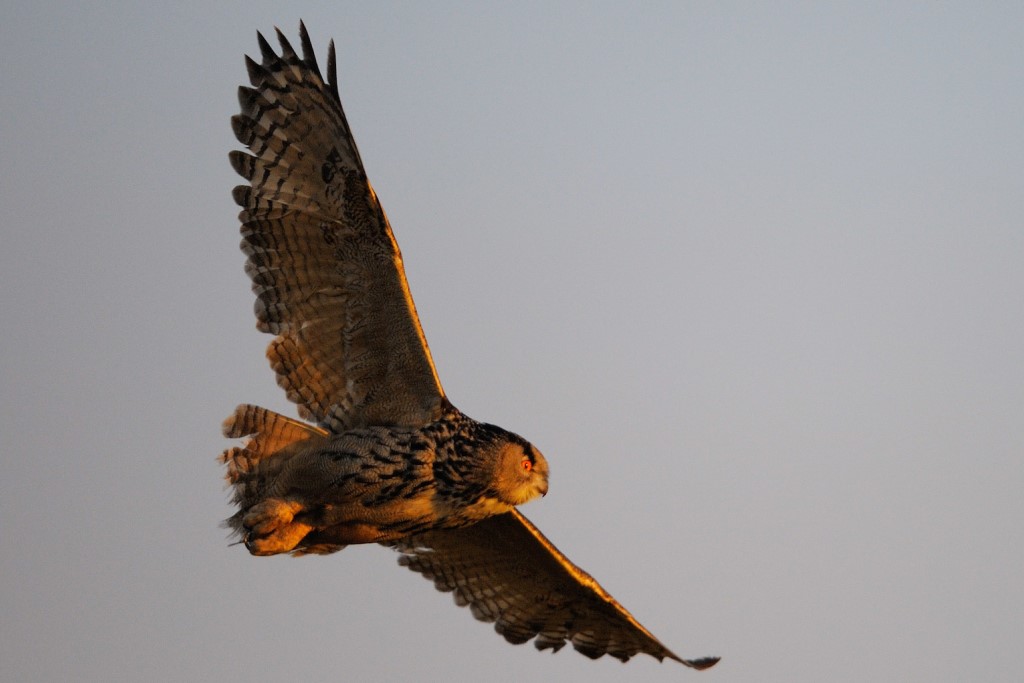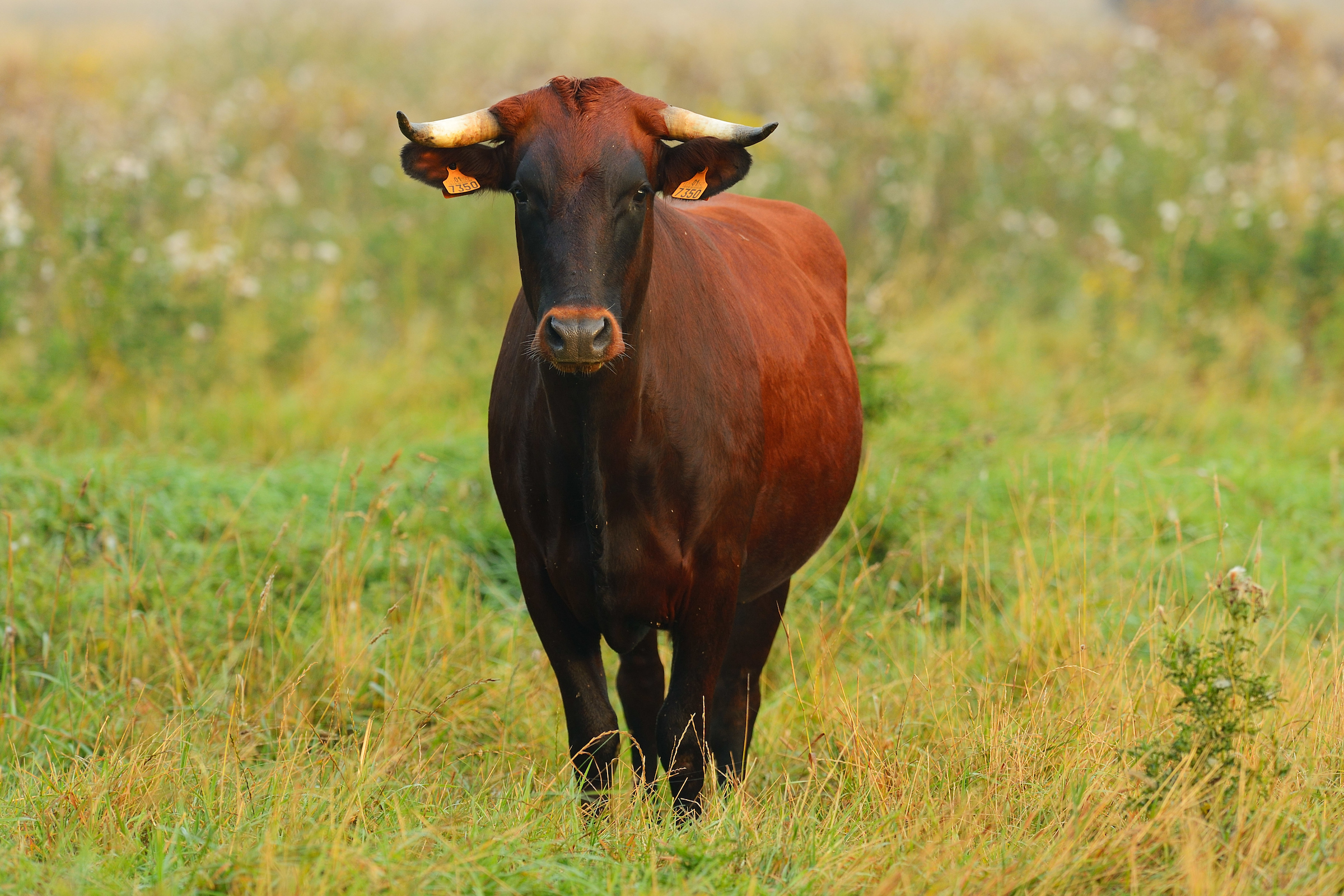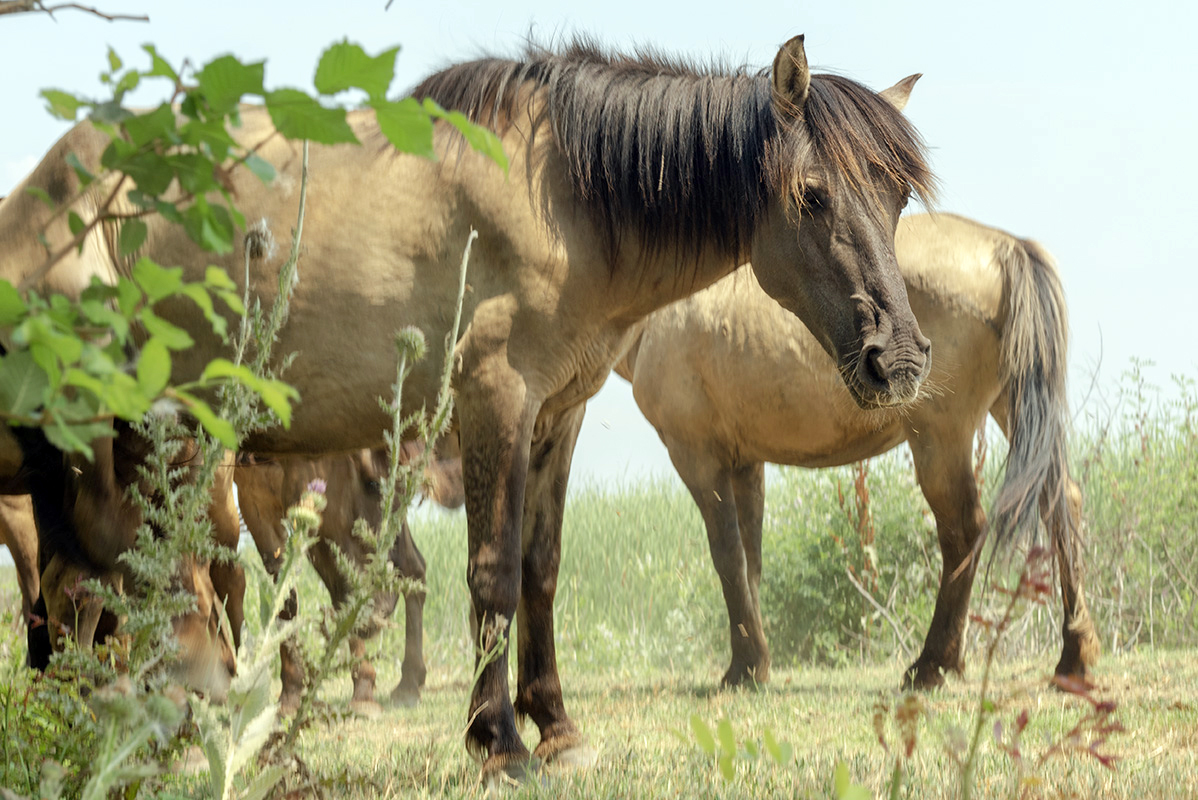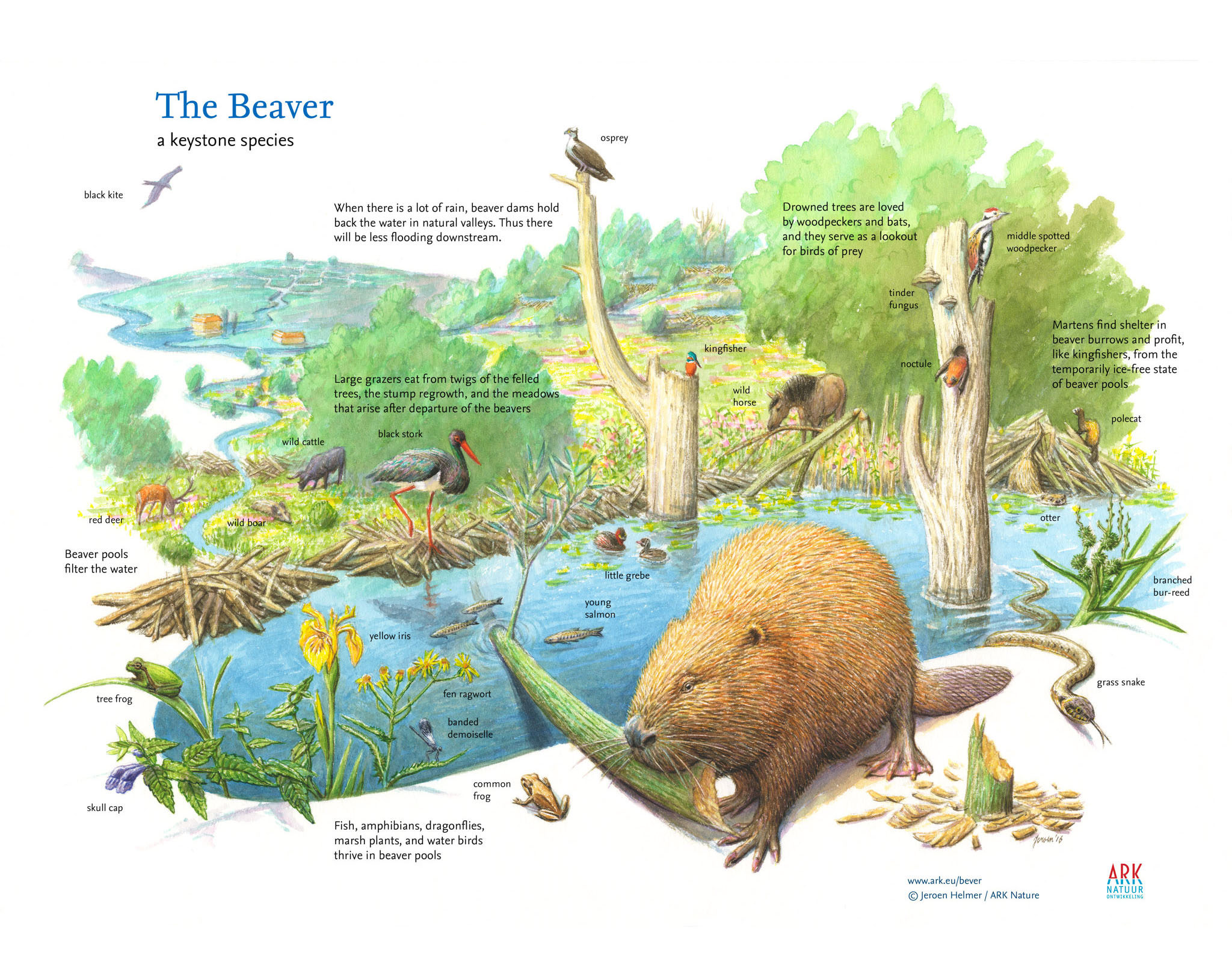Our main achievements
- Romania
- Ukraine
- Moldova
- A feasibility study for the reintroduction of red deer in the Caraorman Forest was finalised with positive results. However, a permit to start a first release has not yet been provided.
- A feasibility study for the reintroduction of beaver was finalised with positive results. However, a permit to start a first release has not yet been provided. Monitoring of beaver recolonisation in the lower Danube is now being carried out, demonstrating that the animal is making a gradual comeback.
- A research project on the attitudes of delta communities towards the golden jackal, wild boar and wolf was conducted in 2017.
- Natural grazing in the Danube Delta is supported by 22 Tauros in Sfantu Gheorghe in Romania.
- 17 water buffalo and 43 Konik horses settled on Ermakiv Island, 20 Konik horses on Kubanu Island, and 10 Hutsul horses on the Small Tataru Island in 2019-2020 years, followed by 8 water buffalo on Ermakiv island in 2024.
- The eagle owl's reintroduction program to the Danube Delta is being implemented. In the summer of 2019, one owl chick was released into the wild, 3 young birds were released in 2020, and six more birds next year. Some of them probably settled in the Romanian part of the Danube Delta.
- 40 Kulans settled in the Tarutino Steppe in 2020-2021, several centuries after the species disappeared from the region. Some of the kulans were released into the wild and marked with a GPS transmitter, others remained in the acclimatization enclosure. The first baby in the wild herd was born in 2022, marking the first wild kulan birth in the area in several hundred years.
- In 2020, eight male European fallow deer were released into the acclimatization enclosure in the Tarutino Steppe, followed by 15 female deer in 2022.
- In 2020, a group of 8 steppe marmots settled in the Tarutino steppe, they acclimatized well and even produced offspring. The marmot reintroduction program will continue in the coming years.
- At the end of 2020, 4 red deer and 12 European fallow deer arrived on Ermakiv Island, and in 2021 they were joined by 3 more red deer and 3 fallow deer. Some of the animals crossed the Danube and settled in the Romanian delta.
- In 2021, two artificial nesting platforms for Dalmatian pelicans were installed in the Danube Biosphere Reserve, followed by another platform on one of the Danube lakes in 2022 and an additional one on Ermakiv Island in 2024.
- In 2023, 20 fallow deer and 20 red deer were released to Bilgorodskiy Island in the Danube Biosphere Reserve to support natural grazing in the outer delta.
- A reintroduction program for the common hamster in the Tarutino Steppe saw the release of 18 of these small rodents in 2022-2023.
